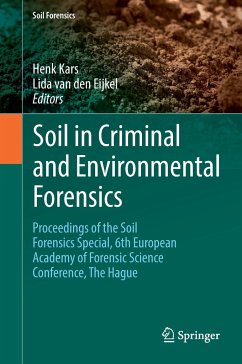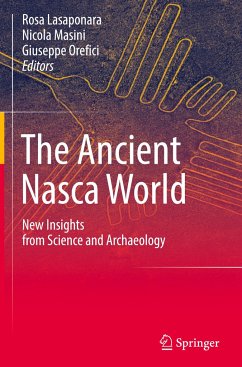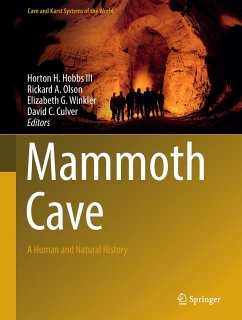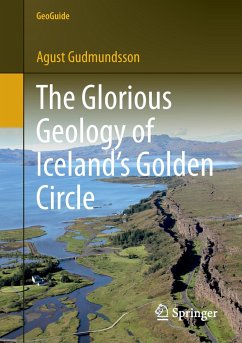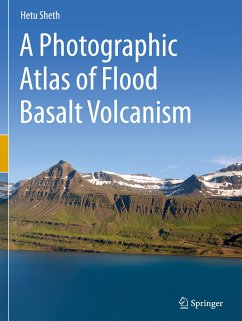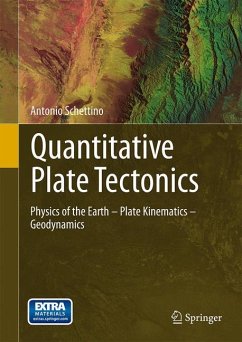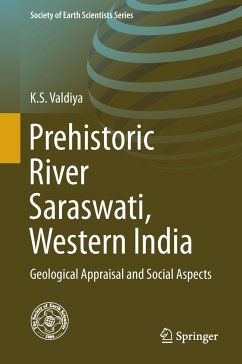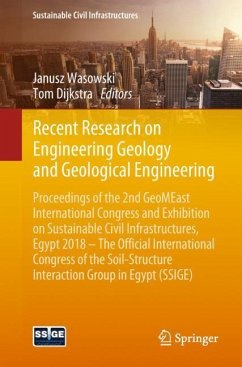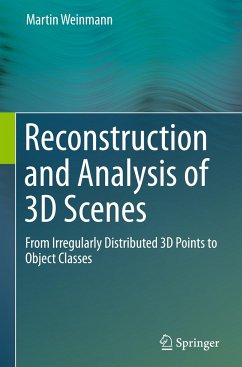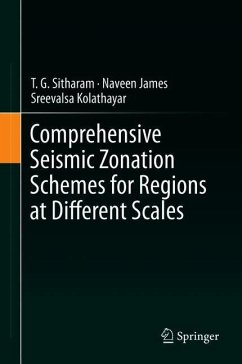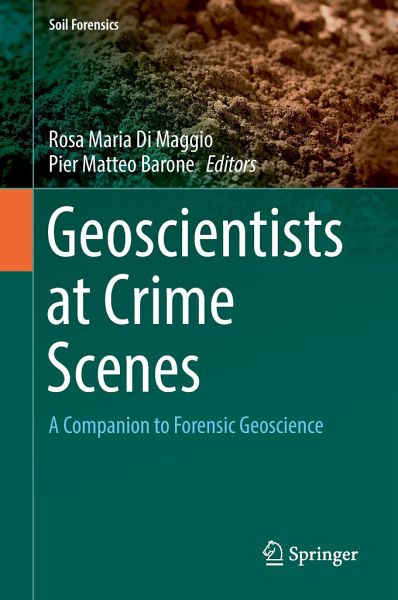
Geoscientists at Crime Scenes
A Companion to Forensic Geoscience
Herausgegeben: Di Maggio, Rosa Maria; Barone, Pier Matteo

PAYBACK Punkte
49 °P sammeln!
This book presents the forensic geoscience in general and, in particular, in Italy and their application to peculiar crimes. Italy is internationally relevant due to the presence of different kinds of "geo-crimes" (in the first place, environmental mafia), and is emblematic to understanding the best way to fight these crimes. This book will not only offer a new view point to comprehending these "geo-crimes", but also fresh and updated results of the different methods applied to fight against these crimes. This book is unique in that it is not a collection of articles but an individual work wit...
This book presents the forensic geoscience in general and, in particular, in Italy and their application to peculiar crimes. Italy is internationally relevant due to the presence of different kinds of "geo-crimes" (in the first place, environmental mafia), and is emblematic to understanding the best way to fight these crimes. This book will not only offer a new view point to comprehending these "geo-crimes", but also fresh and updated results of the different methods applied to fight against these crimes. This book is unique in that it is not a collection of articles but an individual work with the same theme beginning with a state-of-the-art of these disciplines to their international value passing through several case studies.





